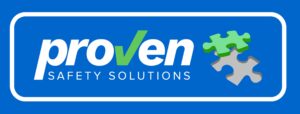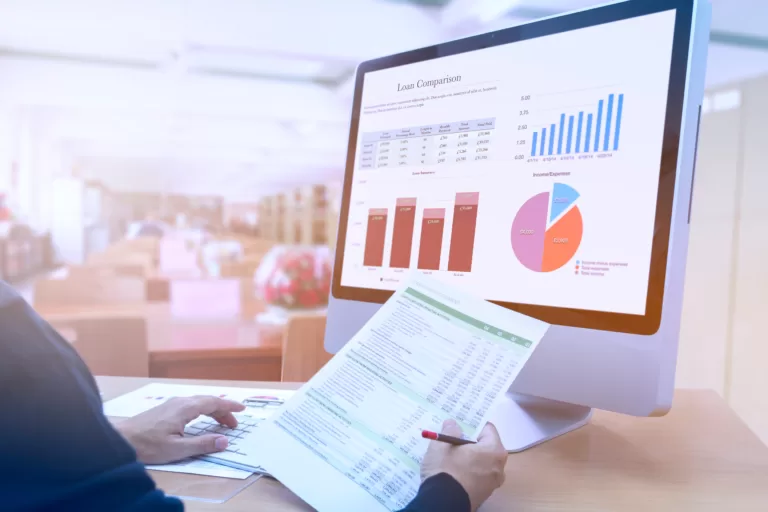Have you ever been asked to deliver the housekeeping at a meeting or gathering? Did you stumble of miss a point and someone needed to step in at the end?
Conducting a short brief on housekeeping is essential so people know what is expected in in various circumstances. Briefings are no longer about food, toilets and safety, they can cover a broad range of topics as every organisation is different.
The key to delivering a great brief is knowing what to say, saying it clearly, concisely and with confidence, and being prepared for a clarifying question or remark.
Whilst people are often quick to pass the responsibility to others, be the person in the room who is willing and able to lead others and you will be rewarded. A well delivered opening brief sets the tone and is often remembered for all the right reasons.
Deliver an Emergency Evacuation Brief
The following key points should be explained for the location you are in:

- What the alarm sounds like.
- What to do if an alarm is activated.
- Who is in charge, how do we identify them.
- Where the Emergency Exits are.
- What route to follow.
- What to take with us.
- Conduct expected along the way.
- What to do when we get to the Assembly Area.
- Ask if anyone may need help to let you know.
Where appropriate, point to firefighting equipment, exits and alarms where fitted, as you deliver the brief.
Deliver Meeting Housekeeping
If you are leading a meeting, you may have more on your mind than an Emergency Evacuation Brief.
Depending on the length of time people will be together, the internal policy of your organisation and the diversity of people you have together you may need a more detailed brief such as:

- Begin with thank you for listening, and good morning/good afternoon.
- Welcome to Country (If appropriate) or Acknowledgement of Country.
- What time do you expect to finish. Room tidy up process.
- Emergency Evacuation Brief (As listed above)
- Room layout, including facilities available and known hazards.
- Courtesy to others (Coming and going).
- Local rules such as aircon / lights.
- Use of phones / tablets / laptops during the session.
- Where to store equipment / bags etc.
- Meeting confidentiality. Visitors.
- What are the meal timings. Dietary arrangements.
- Where is the lunch area or break out areas.
- Tea and coffee facilities.
- Location of amenities for genders in the session.
- Nearby / local facilities for use by participants.
4 Tips for a Great Delivery
- Read the entire card before you start.
- Smile and take two slow, deep breaths before you start.
- Pause and look up at least every second point.
- Speak to the entire room – not just the front.
Enroll in real world practical training to help you be a genuine leader. If you have any specific aspects, you’d like more information on or if you have further questions, reach out by clicking here!
If you are looking for support in the way you lead safety, contact us today.



